Grow : Biologically-Inspired Cellular Growth Algorithm
Independent Project
Fall 2016, Summer - Fall 2019
Grow simulates cells in a petri dish; I developed it as a study of tissue structures, rule-based complexity, and non-linear systems. I use the simulations to explore the emergence of tissue-level properties and behaviors from interactions of cells that do not have those properties.
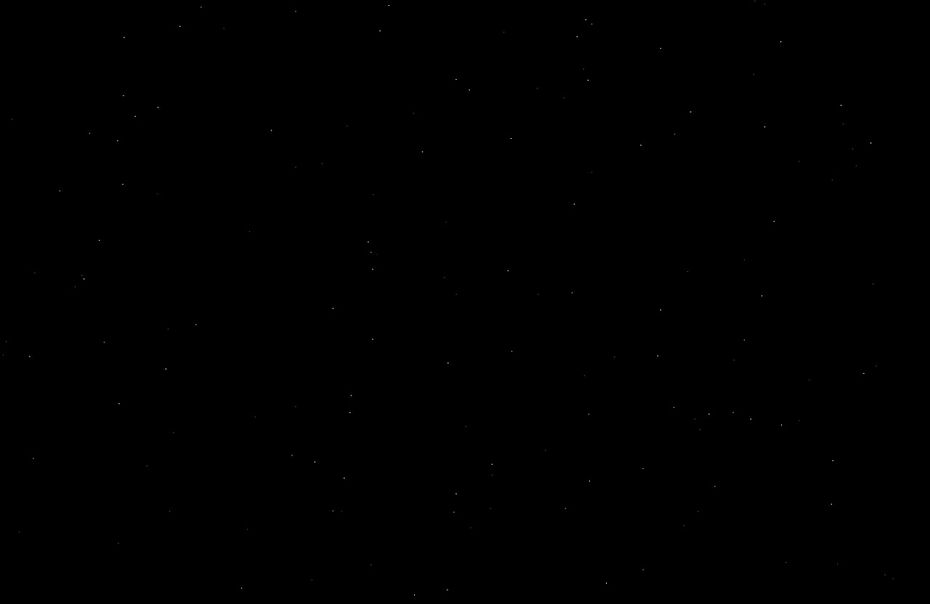
GROW TITLE SEQUENCE FOR ARCH743 PROJECT CRITIQUE IN 2016
I first prototyped Grow in Fall 2016 as my final project for ARCH743: Form and Algorithm taught by Ezio Blasetti at the University of Pennsylvania, and I had the opportunity to revisit and improve the project several years later after it was accepted as part of my first public art installation. The algorithm takes a map of the environment and an initial distribution of nutrients as inputs and simulates each individual cell as it feeds, moves, divides, and ultimately dies.
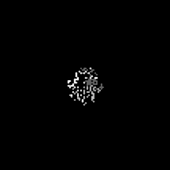
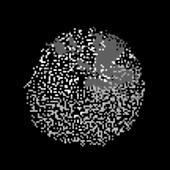
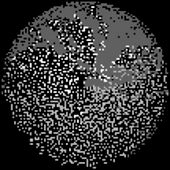
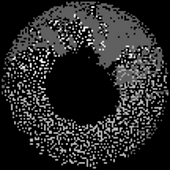
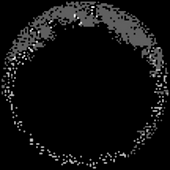
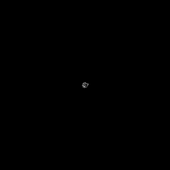

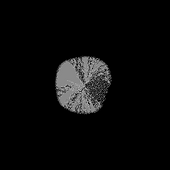
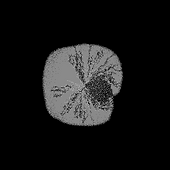
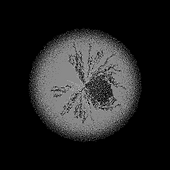
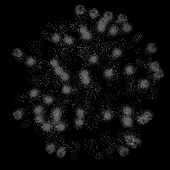
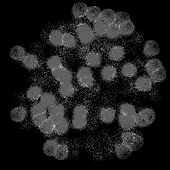
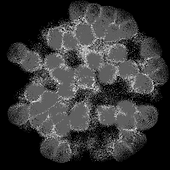
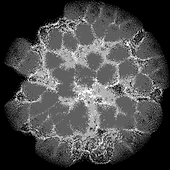
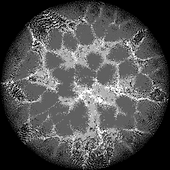
THREE EXAMPLE SIMULATIONS OF THE GROW ALGORITHM
Cells seek out nutrients in the environment, consume those nutrients, divide when they have sufficient energy, and die when they run out of energy. Cell properties such as metabolism, movement efficiency, and division recovery time are also inputs to the system. The algorithm can be configured to simulate competition between different types of cells in the same environment. Grow is written in Python (using Numpy, Scipy, cv2, and h5py) and performs data import/export, growth modeling, output rendering, and batch simulation. The most computationally intensive simulation run to date took 1h20m to simulate ~1.2M cells in ~2000 iterations.

SIMULATION #34: TISSUE GROWTH FROM A SINGLE CELL

SIMULATION #40: COMPETITION
Grow was well lauded by the panel of architects during the final project critique in 2016, and was on display at the 2019 Collegiate Alumni Art Show in New York City. The project has led to many interesting conversations about emergence in nature and applications such as topology optimization, and I am excited for future opportunities to explore these themes and concepts.